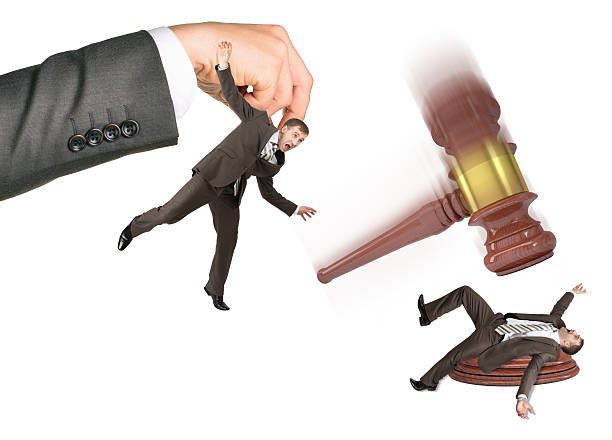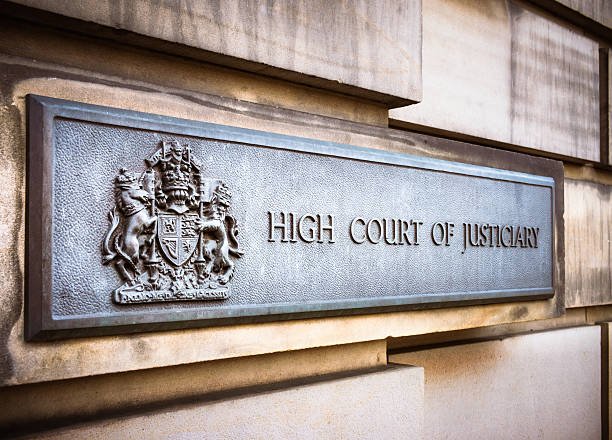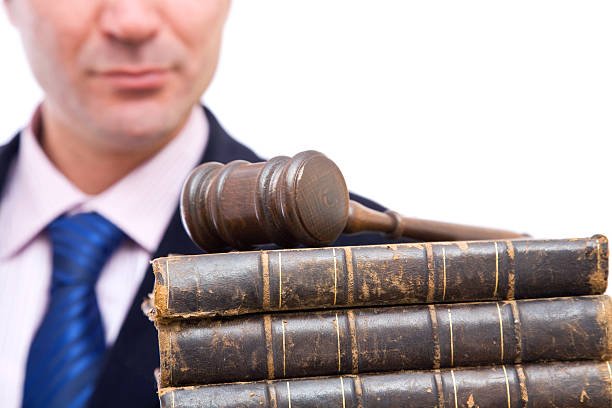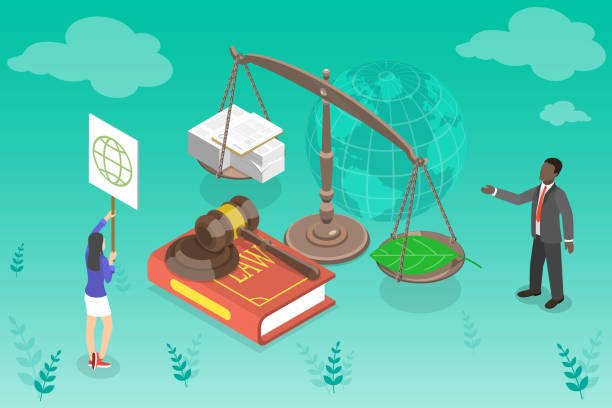Introduction:
Accidents are an unfortunate reality of life, and when they occur, they often bring about a complex intersection of personal, societal, and legal consequences. The legal framework surrounding accidents plays a crucial role in determining liability, compensating victims, and maintaining order in society. This article explores the dynamic relationship between law and accidents, shedding light on the legal aspects that come into play when unforeseen events disrupt the course of daily life.
The Legal Definition of an Accident:
In legal terms, an accident is generally defined as an unforeseen and unintended event resulting in harm or damage. The scope of accidents can vary widely, encompassing everything from motor vehicle collisions and workplace mishaps to slip and falls in public spaces. Understanding the legal definition is fundamental to establishing liability and determining the appropriate legal recourse.
Liability and Negligence:
One of the central elements in accident law is the concept of negligence. Negligence occurs when an individual or entity fails to exercise reasonable care, leading to harm or injury to another party. Establishing negligence is crucial in determining liability in many accident cases. The injured party must demonstrate that the responsible party had a duty of care, breached that duty, and that the breach directly caused the harm suffered.
Types of Accident Law:
Accident law encompasses various specialized areas, each addressing specific types of incidents. Some common branches include:
1. **Personal Injury Law:** This area focuses on injuries sustained by individuals due to the negligence or intentional actions of others. It includes incidents such as car accidents, slip and falls, and medical malpractice.
2. **Product Liability:** When accidents result from defective products, this area of law comes into play. Manufacturers and sellers can be held responsible for injuries caused by their products.
3. **Traffic Law:** Accidents involving vehicles often fall under traffic law, which dictates rules for drivers, pedestrians, and cyclists. Traffic violations can lead to legal consequences for at-fault parties.
4. **Workers’ Compensation:** When accidents occur in the workplace, workers’ compensation laws govern the process of providing benefits to employees injured on the job, regardless of fault.
Compensation and Damages:
In the aftermath of an accident, compensation may be sought through legal channels. Damages can include medical expenses, lost wages, property damage, and pain and suffering. Understanding the types of compensation available is crucial for both victims and those held liable.
Legal Proceedings:
The legal process following an accident can involve negotiations, settlements, or, if necessary, litigation. Insurance companies often play a significant role in resolving accident claims, and navigating their processes requires a clear understanding of applicable laws.
Prevention and Regulation:
Beyond addressing the aftermath of accidents, the law also plays a role in preventing them. Regulatory measures, such as traffic laws, safety standards, and building codes, are designed to minimize the risk of accidents and ensure public safety.
Conclusion:
The relationship between law and accidents is intricate, encompassing a wide range of legal principles and areas of practice. Whether through the establishment of liability, determination of compensation, or the implementation of preventive measures, the legal system plays a crucial role in shaping the consequences and responses to accidents. As individuals navigate the complexities of accident law, understanding their rights and responsibilities is essential for promoting justice, accountability, and a safer society.



